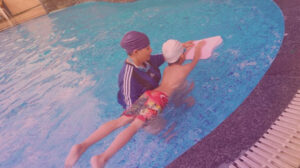BEST METHODS TO COPE UP WITH DROOLING
COPE UP WITH DROOLING
✓ Let’s start with
What is drooling..???
Drooling is defined as saliva flowing outside of your mouth unintentionally. It’s often a result of weak or underdeveloped muscles around your mouth, or having too much saliva.
Drooling is normal in the first two years of life. Infants don’t often develop full control of swallowing and the muscles of the mouth until they are between 18 and 24 months old. Babies might also drool when they’re teething.
Drooling is also normal during sleep.
Drooling can occur in people who have other medical conditions or neurological conditions,such as cerebral palsy.
✓WHAT CAUSES DROOLING..???
Drooling can be a symptom of a medical condition or developmental delay, or result of taking certain medications. Anything that leads to excessive saliva production, difficulty swallowing, or problems with muscle control may lead to drooling.
✓TREATMENT:
Treatment is recommended when drooling is severe.
Drooling may be considered severe if saliva drips from your lip to your clothing or your drooling interferes with your daily activities and creates social problems.
Excessive drooling can also lead to inhaling saliva into the lungs, which can cause pneumonia.
Treatment includes a proper assessment and management plan that works best for you.
✓Treatment consists of : Assessment and therapy
#THERAPY:
Speech and occupational therapists teach positioning and posture control to help improve lip closure and swallowing. Your therapist will work with you on improving muscle tone and saliva control.
#ASSESSMENT:
✓ PHYSICAL EXAMINATION :
Evaluate level of alertness, emotional state, hydration status, hunger, head posture
Examination of oral cavity- sores on the lip or chin, dental problems,tongue control, swallowing ability, nasal airway obstruction,decreased intraoral sensitivity, assessment of health status of teeth,gum, oral mucosa, tonsils, anatomical closure of oral cavity, tongue size and movement, jaw stability.
Assess severity and frequency of drooling
( points are assigned accordingly from 1-4)
✓ DROOLING SEVERITY :
•Dry (never drools)
•Mild (wet lips only)
•Moderate (wet lips and chins)
•Severe (clothing becomes damp)
•Profuse (clothing, hands, tray, object become wet)
✓FREQUENCY :
•Never drools
•Occasionally drools
•Frequency drools
•Constantly drools
#MANAGEMENT:
Drooling of saliva, a challenging condition, is better managed with a multidisciplinary team approach.
After initial assessment, a management plan can be made with the patient. The person or attendant should understand the goal of treating drooling is a reduction in excessive salivary flow, while maintaining a moist and healthy oral cavity. Avoidance of xerostomia (dry mouth) is important.
✓There are two main approaches
1. Non invasive modalities e.g. oral motor therapy, pharmacological therapy
2. Invasive modalities eg. surgery and radiotherapy
The first step in management of drooling is correction of reversible causes. Less invasive and reversible methods, namely oral motor therapy and medication are usually implemented
✓Non invasive modalities.
#Positioning
prior to implementation of any therapy, it is essential to look at the position of the patient. When seated, a person should be fully supported and comfortable. Good posture with proper trunk and head control provides the basis for improving oral control of drooling and swallowing.
Eating and drinking skills-drooling can be exacerbated by poor eating skills. Special attention and developing better techniques in lip closure, tongue movement and swallowing may lead to improvements to some extent. Acidic fruits stimulate further saliva production
#Oral facial facilitation
This technique will help to improve oral motor
control, sensory awareness and frequency of swallowing. This includes different techniques normally undertaken by speech therapists, which improves muscle tone and saliva control.
a) Icing – effect usually lasts up to 5-30 minutes. Improves tone and swallow reflex.
b) Brushing-as effect can be seen up to 20-30 minutes, suggested to undertake before meals.
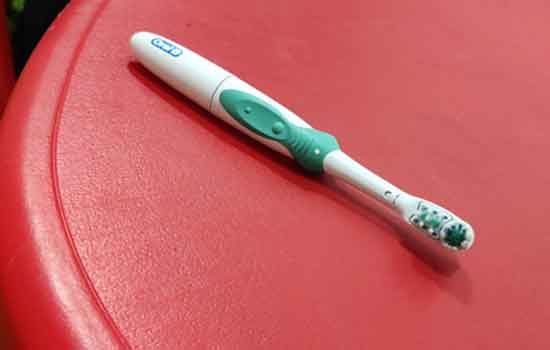
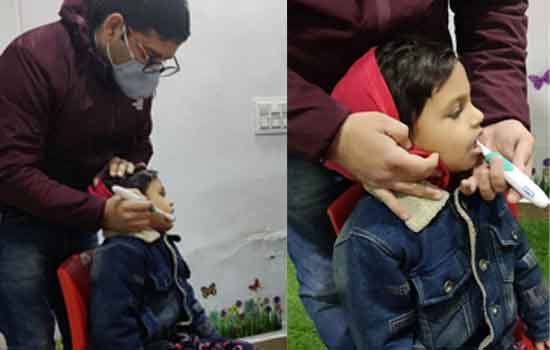
c) Vibration-improves tone in high tone muscles
d) Manipulation-like tapping, stroking, patting, firm pressure directly to muscles using fingertips known to improve oral awareness
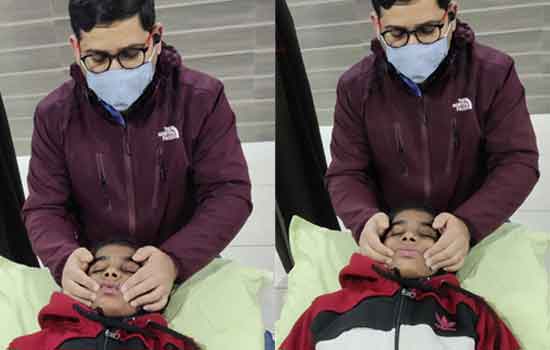
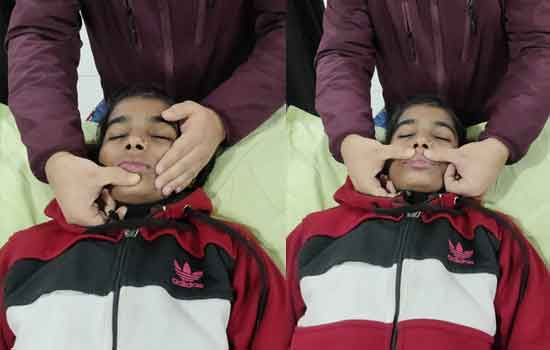
e)Oral motor sensory exercise-includes lip and tongue exercises.
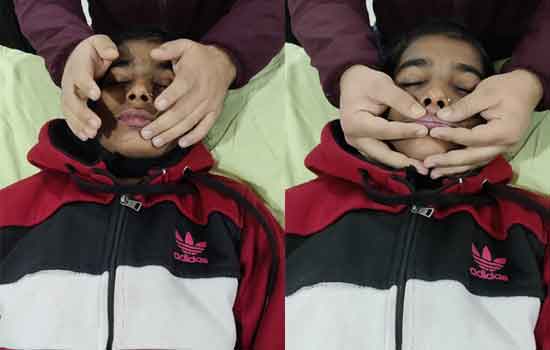
#Speech therapy
Speech therapy should be started early to obtain good results. The goal is to improve jaw stability and closure, to increase tongue mobility, strength and positioning, to improve lip closure (especially during swallowing) and to decrease nasal regurgitation during swallowing.
#Behavior therapy
This uses a combination of overcorrection, and positive and negative reinforcement to help. drooling Suggested behaviors, like swallowing and mouth wiping are encouraged, whereas open mouth and thumb sucking are discouraged Behavior modification is useful to achieve
(1) increased awareness of the mouth and its functions
(2) increased frequency of swallowing
(3) increased swallowing skills.
Treatment at Best PHYSIOTHERAPY AND CHILD REHAB CENTER in Dhakoli
BLOSSOM PHYSIOTHERAPY AND CHILD REHABILITATION CENTER is one of the best physiotherapy and rehabilitation centers in Dhakoli. And is well equipped with ultra modular equipment. Dr. Jyoti Gupta is the head of Blossom Physiotherapy center.
There is a huge team of qualified professionals who work as a team including Physiotherapist, Occupational therapist, speech therapist and special educators. They all are specialized in their respective fields and apply their valuable knowledge in recovery of the patients.


